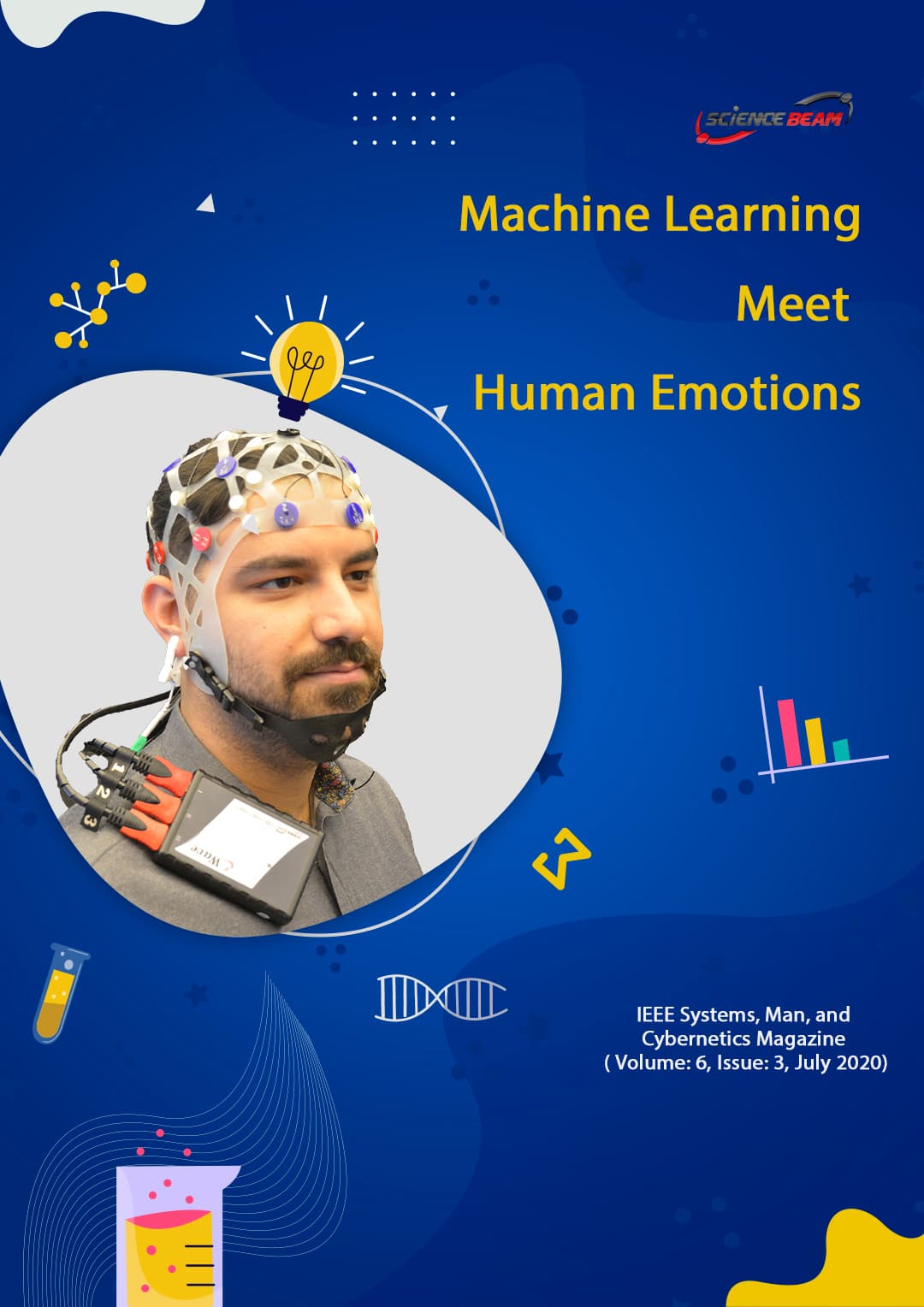Summary: Researchers test machine learning algorithms to determine the metal workload and affective
states of the human brain.
Source: Skoltech
Researchers from Skoltech, INRIA and the RIKEN Advanced Intelligence Project have . considered several state-of-the-art machine learning algorithms for the challenging tasks. of determining the mental workload and affective states of a human brain. Their software can help design smarter brain-computer. interfaces for applications in medicine and beyond. The paper was published in the IEEE Systems, .Man, and Cybernetics Magazine.
A brain-computer interface, or BCI, is a link between. a human brain and a machine that can allow users to control various. devices, such as robot arms or a wheelchair., by brain activity. only (these are called active BCIs) or can monitor the mental. state or emotionsof a user and categorize them (these are passive BCIs). Brain signals in a BCI are usually. measured by electroencephalography., a typically noninvasive method of recording electrical activity of the brain.
But there is quite a long way .from raw continuous. EEG signals to digitally processed signals or patterns that would have the ability to correctly identify a user’s mental workload or affective states, something that passive BCIs need to be functional. Existing experiments have shown that the accuracy of these measurements, even for simple tasks of, say, discriminating low from high workload, is insufficient for reliable practical applications.
“The low accuracy is due to extremely high. complexity of a human brain. The brain is like a huge orchestra with thousands of musical instruments from which we wish to extract specific sounds of each individual instrument using a limited number of microphones or other sensors,” Andrzej Cichocki, professor at the Skoltech Center for Computational and Data-Intensive Science and Engineering (CDISE) and a coauthor of the paper, notes.
Thus, more robust and accurate EEG classification. and recognition of various brain patterns. algorithms are. badly needed. Cichocki and his colleagues looked at two groups of machine learning algorithms, Riemannian geometry based classifiers (RGC) and convolutional neural networks (CNN), which have been doing quite well on the active side of BCIs. The researchers wondered. whether these algorithms can work. not just with so-called .motor imaginary tasks, where a subject imagines. some movements of. limbs without any real movement,. but for workload and affective. states estimation.
They ran a competition of sorts. among seven algorithms, two of which the scientists .designed themselves by further improving. well-performing Riemannian methods. The algorithms were .tested in two studies, one .with a typical. arrangement for BCIs where .algorithms were trained on data from. a specific subject and later tested. on that same subject, and one that was .subject-independent — a much. more challenging setup, since our brain waves. could be quite different. Real EEG data was taken from .earlier experiments done. by Fabien Lotte, a coauthor of the paper., and his colleagues., as well as from DEAP, an existing database for. emotion analysis.
The scientists found, for instance, . that an artificial deep neural network outperformed. all its competitors quite significantly in. the workload estimation task but .did poorly in emotion classification. And the two modified Riemannian algorithms did quite well in both tasks. Overall, as the paper concludes., using passive BCIs for affective .state classification is much harder. than for workload estimation., and subject-independent calibration. leads, at least for now, .to much lower accuracies.
“In the next steps, we plan to use more sophisticated artificial intelligence (AI) methods, especially deep learning,. which allow us to detect very tiny changes in brain signals or brain patterns. Deep neural networks. can be trained. on the basis of a large set of data for many subjects in different scenarios and under different conditions. AI is a real revolution and is also potentially useful for BCI and recognition of human emotions,” Cichocki said.
Source:
Skoltech
Contacts:
Ilyana Zolotareva – Skoltech
Image Source:
The image is in the public domain.
Original Research: Closed access
“Modern Machine-Learning Algorithms: For Classifying Cognitive and Affective States From Electroencephalography Signals” by Aurelien Appriou; Andrzej Cichock; Fabien Lotte. IEEE Systems, Man, and Cybernetics Magazine.
Abstract:
Estimating cognitive or affective states from brain signals is a key but challenging step in. creating passive brain-computer interface (BCI) applications. So far, estimating mental workloads or emotions from electroencephalogram (EEG) signals is only. feasible with modest classification accuracies, which thus lead to unreliable. neuroadaptive applications. However, recent machine-learning algorithms, notably Riemannian geometry-based classifiers (RGCs). and convolutional neural networks (CNNs), have shown promise for. other BCI systems, e.g., motor imagery BCIs. However, they have not been formally studied. and compared for cognitive or affective states classification.
Published in: IEEE Systems, Man, and Cybernetics Magazine ( Volume: 6, Issue: 3, July 2020)
Page(s): 29 – 38
Date of Publication: 15 July 2020
ISSN Information:
INSPEC Accession Number: 19785026
DOI: 10.1109/MSMC.2020.2968638
Publisher: IEEE




I do consider all of the ideas you’ve introduced for your post.
They’re really convincing and can definitely work. Nonetheless,
the posts are too brief for newbies. Could you please extend them
a bit from subsequent time? Thanks for the post.
Also visit my site :: کازینو آنلاین (Brooke)
Do you mind if I quote a few of your articles as long
as I provide credit and sources back to your webpage?
My blog site is in the exact same area of interest as yours and my users would genuinely benefit from a lot of
the information you provide here. Please let me know if this ok with you.
Thanks a lot!
Hi, That would be a pleasure, Thank you.
Hurrah! Finally I got a blog from where I know how to really get useful data regarding
my study and knowledge.
Thank you, you can share your question to our forum on
https://sciencebeam.com/community/
we would be happy to help you
@ClassDeb you’re great to watch….it’s hard to
find a good one there at chatrabate..lol
This web site certainly has all of the information and facts I wanted about this subject and didn’t
know who to ask.
Hi, you can contact us on info@sciencebeam.com
Awesome things here. I am very happy to look your post.
Thank you so much and I am looking forward to touch you.
Will you kindly drop me a mail?
Thank you for your email,
You can contact us at: info@sciencebeam.com
Heya! I realize this is somewhat off-topic however
I had to ask. Does operating a well-established
blog like yours require a large amount of work? I’m brand new
to writing a blog but I do write in my diary every day. I’d like
to start a blog so I can share my experience and feelings online.
Please let me know if you have any ideas or tips for brand new aspiring bloggers.
Appreciate it!
yes , it’s my pleasure
This site definitely has all of the information and facts I needed about this subject and didn’t know who to ask.